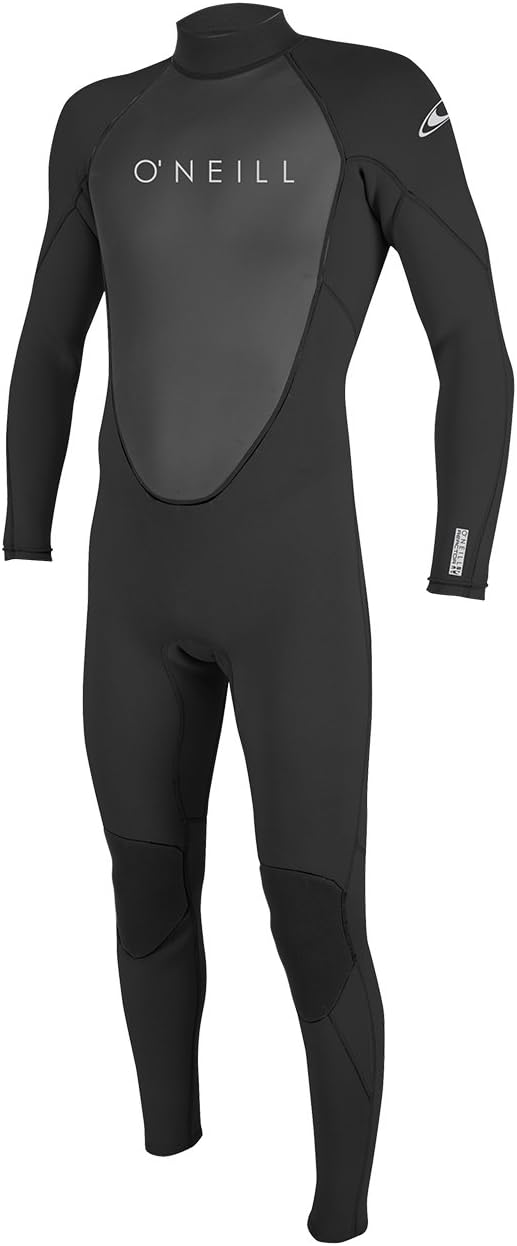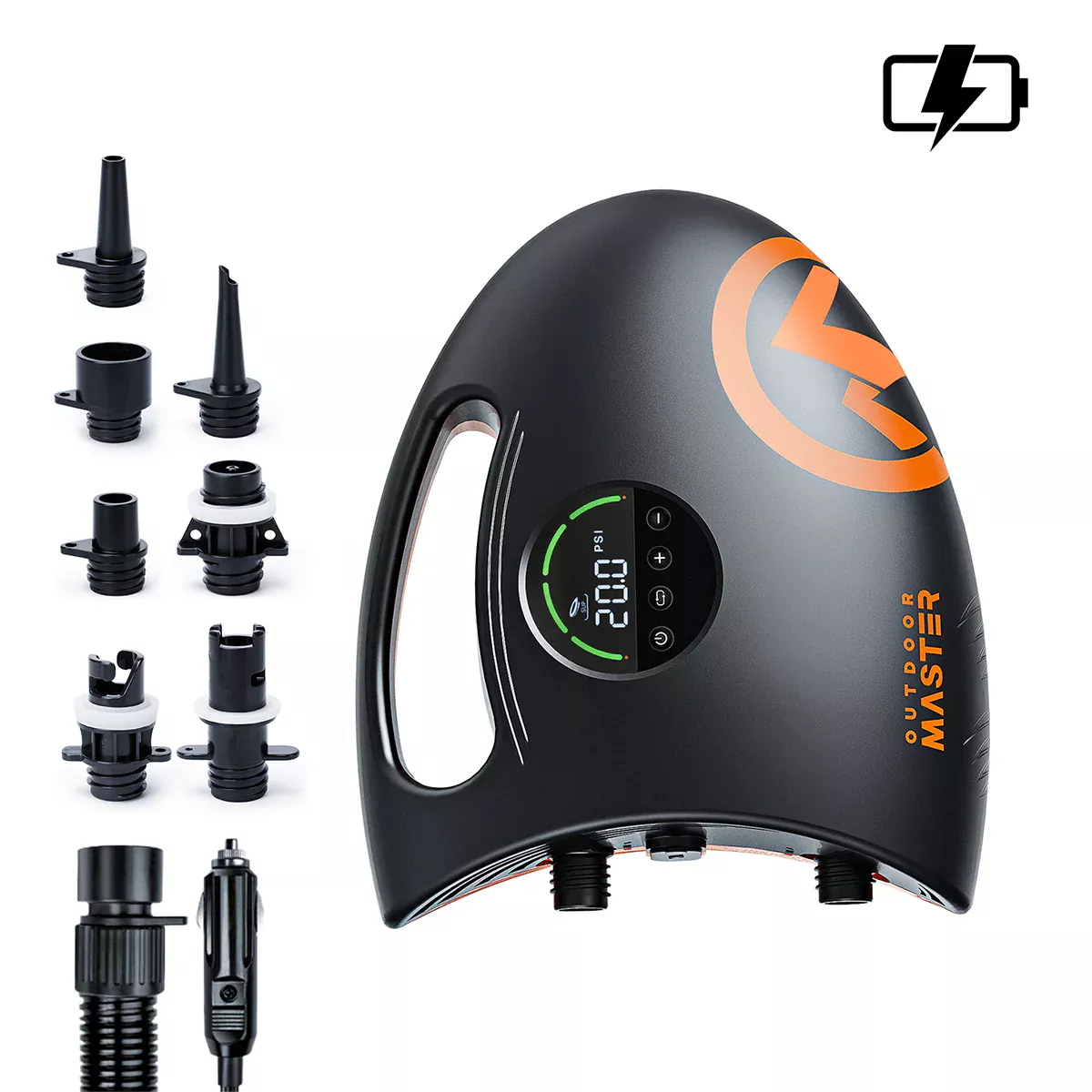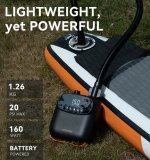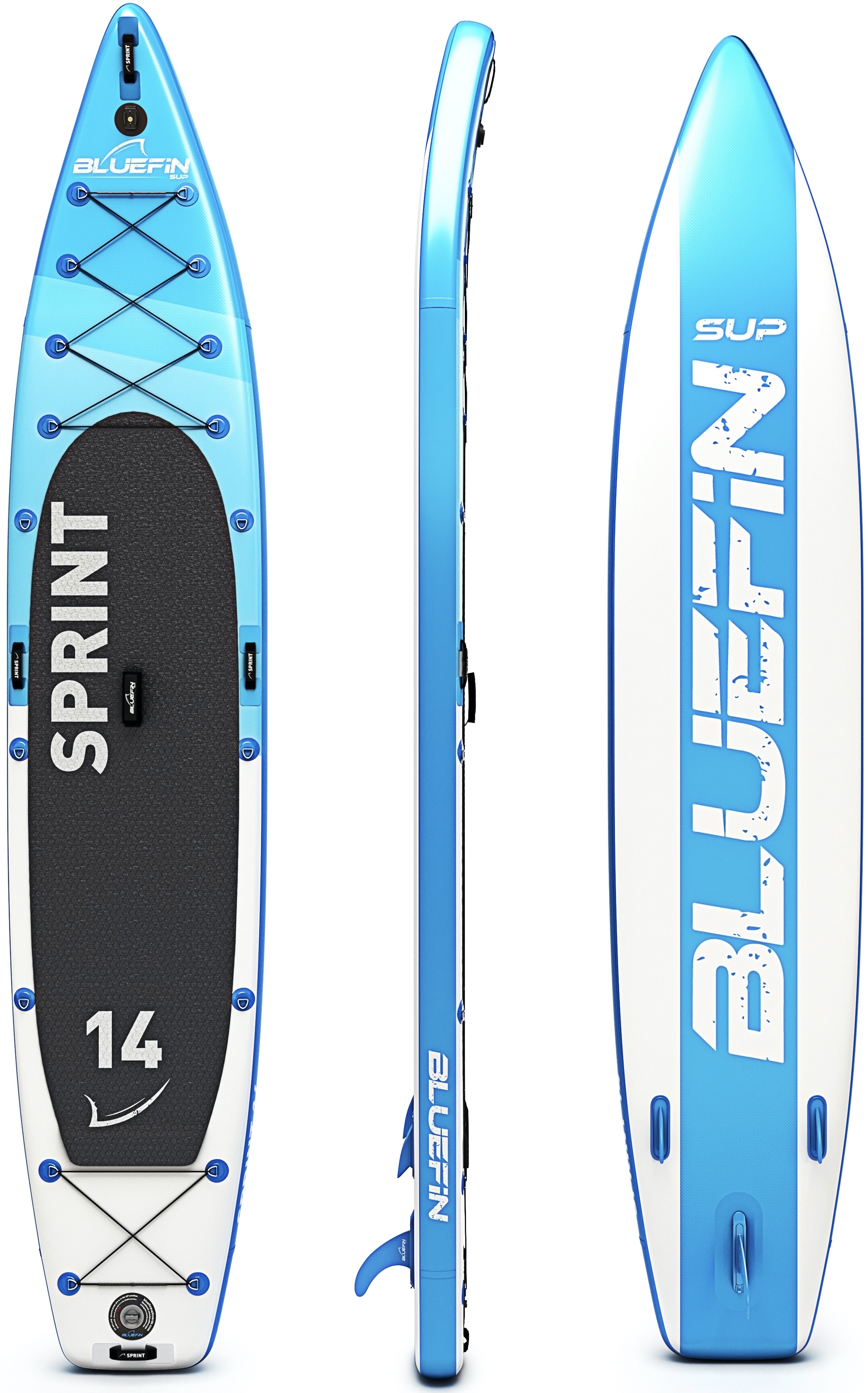The inflatable SUP: major improvements – better than ever
Inflatable SUP: Learn more about Bluefin Sup inflatables
Inflatable SUP technology:
paddle boards have become increasingly popular in recent years due to their convenience and portability. There have been several advancements in technology for manufacturing iSUPs that have improved their durability, performance, and overall quality. Here are some of the most recent technologies for manufacturing inflatable paddle boards:
- Inflatable SUP: Drop-Stitch Technology: This technology involves weaving thousands of tiny threads between the top and bottom layers of the board, creating a dense and durable structure. Drop-stitch construction allows iSUPs to maintain their rigidity and shape, even when inflated to high pressures.
- Fusion Technology: This technology involves fusing the top and bottom layers of the board together, creating a stronger and more durable bond than traditional glue-based methods. This improves the overall durability and stiffness of the board, providing a better paddling experience.
- Thermoform Construction: This process involves using heat and pressure to mold the board's shape, creating a more precise and consistent result. Thermoform construction allows manufacturers to create iSUPs with complex shapes and designs, improving their performance and aesthetics.
- Dual Layer Technology: This involves using multiple layers of PVC material to create a more durable and rigid board. Dual layer construction improves the overall strength and stiffness of the board, allowing it to withstand impacts and maintain its shape over time.
- Carbon Fiber Reinforcement: Some manufacturers have started to use carbon fiber reinforcement in their iSUPs, creating a lighter and stronger board. Carbon fiber reinforcement improves the board's overall performance and responsiveness, making it easier to maneuver on the water.
Overall, these technologies have improved the quality and durability of inflatable paddle boards, making them a great option for those looking for a portable and convenient paddle board.
Bluefin Sup Rail technology
Bluefin SUP takes pride in its innovative rail technology, which plays a crucial role in the performance and rigidity of their inflatable paddleboards. Here's a breakdown of the two main technologies employed:
1. Flex Reduction System (FRS):
- Core technology: Utilizes carbon fiber rovings woven in a diagonal twill pattern to create a 3K carbon fiber rail layer.
- Benefits:Enhanced stiffness and rigidity: The carbon fiber offers significant structural support, minimizing flex and wobble even under pressure.Improved tracking and performance: The stiffer rails allow for straighter paddling and better tracking in the water, leading to smoother glides and increased efficiency.Lightweight construction: Despite the added strength, the carbon fiber is surprisingly lightweight, keeping the overall board weight manageable.
- Application: Primarily found in Bluefin's higher-end touring and racing models like the Sprint and Nitro, where performance and responsiveness are crucial.
Inflatable SUP benefits
Inflatable SUP Benefits: A Closer Look
Inflatable stand-up paddleboards (iSUPs) have exploded in popularity in recent years, and for good reason! Here's a breakdown of the key benefits that make them such an attractive option:
Portability and Storage:
- Deflates to a compact size: Fits easily in car trunks, backpacks, or even closets. No more roof racks or struggling with bulky boards.
- Travel-friendly: Perfect for vacations, exploring new waterways, and on-the-go paddling adventures.
Durability and Rigidity:
- Surprisingly tough: High-quality iSUPs withstand bumps, scrapes, and even minor drops.
- Rigid enough for performance: Inflates to a firm, stable platform for paddling various conditions.
Versatility and Stability:
- Variety of sizes and shapes: Suitable for touring, surfing, yoga, fishing, and more.
- Wider and thicker designs: Enhance stability, ideal for beginners and families.
- Less injury risk: Softer surface cushions falls compared to hard boards.
Other Advantages:
- Cost-effective: Generally less expensive than hard boards.
- Easy to learn: Wider and stable design makes the learning curve more manageable.
- Low maintenance: Requires minimal upkeep compared to hard boards.
- Environmentally friendly: Some brands incorporate sustainable materials and practices.
However, it's important to consider some potential drawbacks:
While inflatable SUP stand-up paddle boards offer numerous advantages, they also have some drawbacks to consider. One significant drawback is their performance compared to hard boards. Inflatable SUPs generally have slightly less maneuverability and speed, which can be noticeable to experienced paddlers, especially in challenging conditions like strong winds or rough waters. Additionally, inflating and deflating the board can be time-consuming, requiring access to a pump and a suitable area for setup. Although inflatable SUPs have improved significantly in terms of rigidity, they may still have a slightly softer feel compared to hard boards, which can affect performance in certain situations. Lastly, while inflatable SUPs are durable, they can still be punctured or damaged, requiring repairs that may not be as straightforward as fixing a hard board. Despite these drawbacks, inflatable SUPs remain a popular choice for their portability, ease of storage, and versatility.
Overall:
Inflatable SUPs offer a plethora of benefits, making them a great choice for beginner and experienced paddlers alike who prioritize portability, versatility, and ease of use. However, consider their limitations if performance and responsiveness are key concerns. Weighing the pros and cons against your individual needs and preferences will help you determine if an inflatable SUP is the perfect paddleboard for you!
Inflatable Sup Pros and cons
Pros of owning an inflatable SUP:Cons of owning an inflatable SUP:
- Portability and storage: Inflatable SUPs deflate to a compact size, making them incredibly easy to transport and store. They fit easily in car trunks, backpacks, or even closets.
- Durability and rigidity: Despite their inflatable nature, high-quality SUPs are surprisingly durable and can withstand bumps, scrapes, and even minor drops. Once inflated, they become quite rigid and offer a stable paddling experience.
- Versatility: Inflatable SUPs come in a variety of sizes and shapes, making them suitable for various activities like touring, surfing, and yoga. Some even have detachable fins for different water conditions.
- Safety and stability: Their wider and thicker designs often make them more stable than hard boards, particularly for beginners and families. They're also less likely to cause injury if you fall.
- Travel-friendly: Deflating your SUP makes it incredibly easy to take on trips and adventures. They're perfect for exploring new waterways and enjoying on-the-go paddling.
- Cost-effective: While high-quality models can be pricey, inflatable SUPs are generally less expensive than their hard counterparts. This makes them a more accessible entry point into the sport.
DESCRIPTION: Article on hard board versus inflatable board
LINK: http://www.supboardermag.com/2013/01/04/inflatable-or-hard/
- Performance: Inflatable SUPs tend to be less responsive and have slower glide compared to hard boards. This can be noticeable for experienced paddlers seeking higher performance.
- Susceptibility to punctures: Although durable, punctures can happen, and repairs can be time-consuming and potentially expensive.
- Inflation and deflation: Inflating and deflating your SUP takes time and effort, especially with manual pumps. Electric pumps can ease the process but add to the cost.
- Sun exposure: Inflatable SUPs are susceptible to heat and UV damage, requiring careful storage and attention to sun exposure.
- Less buoyancy: Compared to hard boards, inflatable SUPs may have slightly less buoyancy, making them less suitable for heavier paddlers or carrying additional gear.
- Environmental considerations: Deflation and inflation often involve PVC materials, which have environmental concerns related to production and disposal. Choosing sustainable brands and responsible repair practices can help mitigate this.
Cons of owning an inflatable SUP:Cons of owning an inflatable SUP:
See BLUEFIN SUP Fleet
5 year warranty,
60 day returns.
Free global shipping!
Inflatables are super stable
Inflatable board REPAIR
How to find air leaks, and how to repair.
Patch and reinforce an Inflatable SUP. By NRS.
back to stand up paddle boards
Home – where it all started
 |
 |
This website is for sale. For information go to:
Buy-standuppaddleboardingguide.html
DuckDuckGo Search
2014 - Most recent Review - Shark 2s
Amazon devicesSee BLUEFIN SUP Fleet
5 year warranty,
60 day returns.
Free global shipping!
Learn more about Bluefin Sup inflatables
Dear Visitors
Should you click on an ad, it make generate a small commission at no cost to you. It helps keep our website free for all users. MANY THANKS!
O'Neil Wetsuit
https://amzn.to/3wekRsh




New! Comments
Have your say about what you just read! Your paddle boarding comments, stories and ideas are valued! Many thanks!